25 Lost African American Recipes Your Grandparents Knew | Tasting History
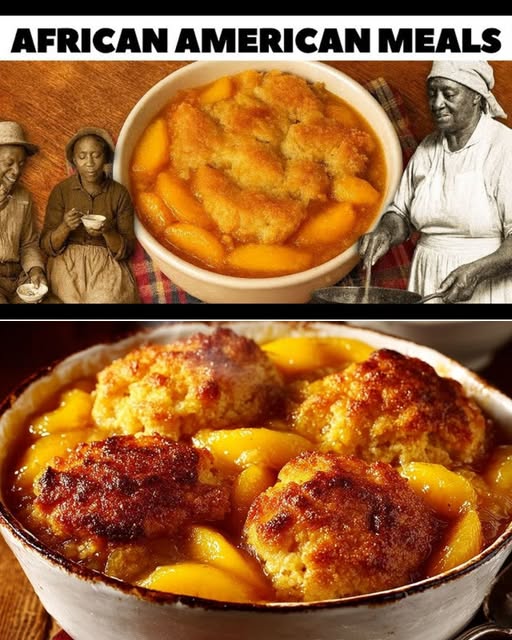
In kitchens across America, there was once a rhythm: the clink of cast-iron skillets, the aroma of slow-simmered greens, the steady hum of voices sharing stories while hands stirred and folded and fried. For African American families, recipes weren’t just instructions — they were heirlooms, preserved through memory, passed down by taste, and carried across generations.
Many of these dishes never saw the inside of a cookbook. They were written in the language of tradition, perfected over Sunday dinners, and adapted to what was available. Some recipes have faded from everyday tables, tucked away in the collective memory of grandparents and great-grandparents. Today, we’re dusting them off and bringing them back to life — honoring the ingenuity, resilience, and creativity that shaped African American culinary heritage.
Here are 25 lost African American recipes your grandparents might remember, each with a slice of history.
1. Hoppin’ John (New Year’s Black-Eyed Peas & Rice)
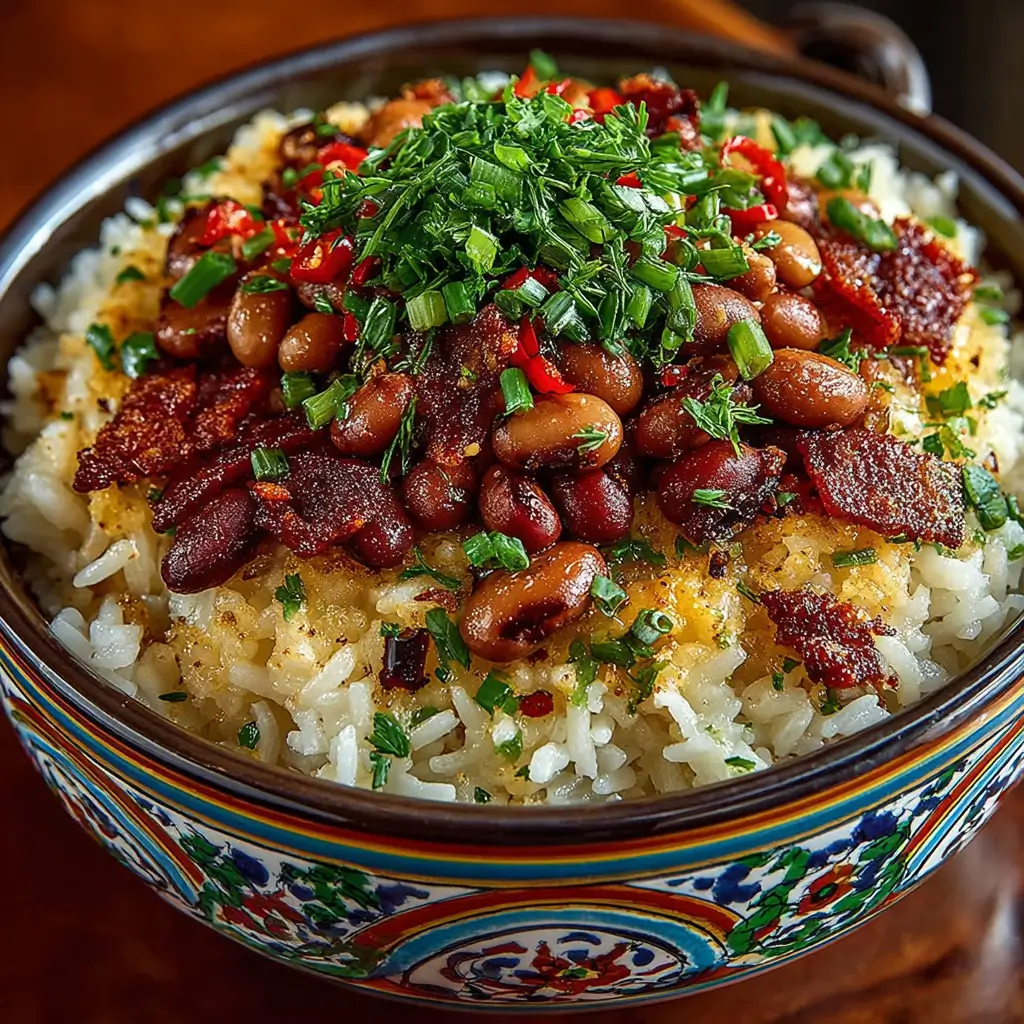
A Lowcountry classic, this dish of black-eyed peas, rice, and smoky pork was more than just sustenance — it was a New Year’s Day ritual for luck and prosperity. Originating in West African rice traditions, Hoppin’ John embodies cultural fusion and good fortune.
2. Sorghum Syrup Molasses Cake
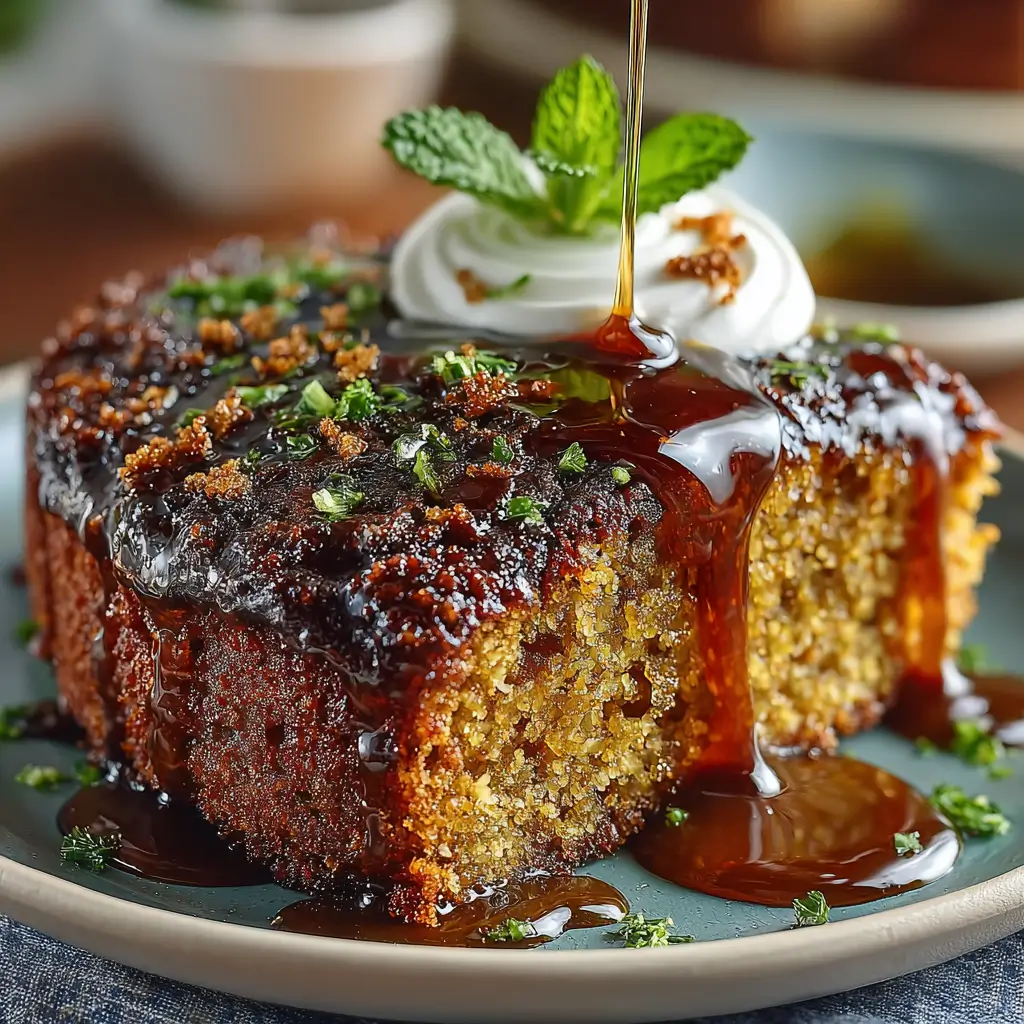
Before refined sugar was affordable, sorghum syrup sweetened cakes, breads, and pies. This moist, spiced cake was often served at church gatherings, with a flavor deeper and richer than modern molasses.
3. Chitterlings (Chitlins)

Once a necessity born from making the most of every part of the hog, chitlins were slow-cleaned, boiled, and seasoned until tender. Served with vinegar and hot sauce, they were a winter delicacy in many Southern homes.
4. Fried Catfish with Cornmeal Crust
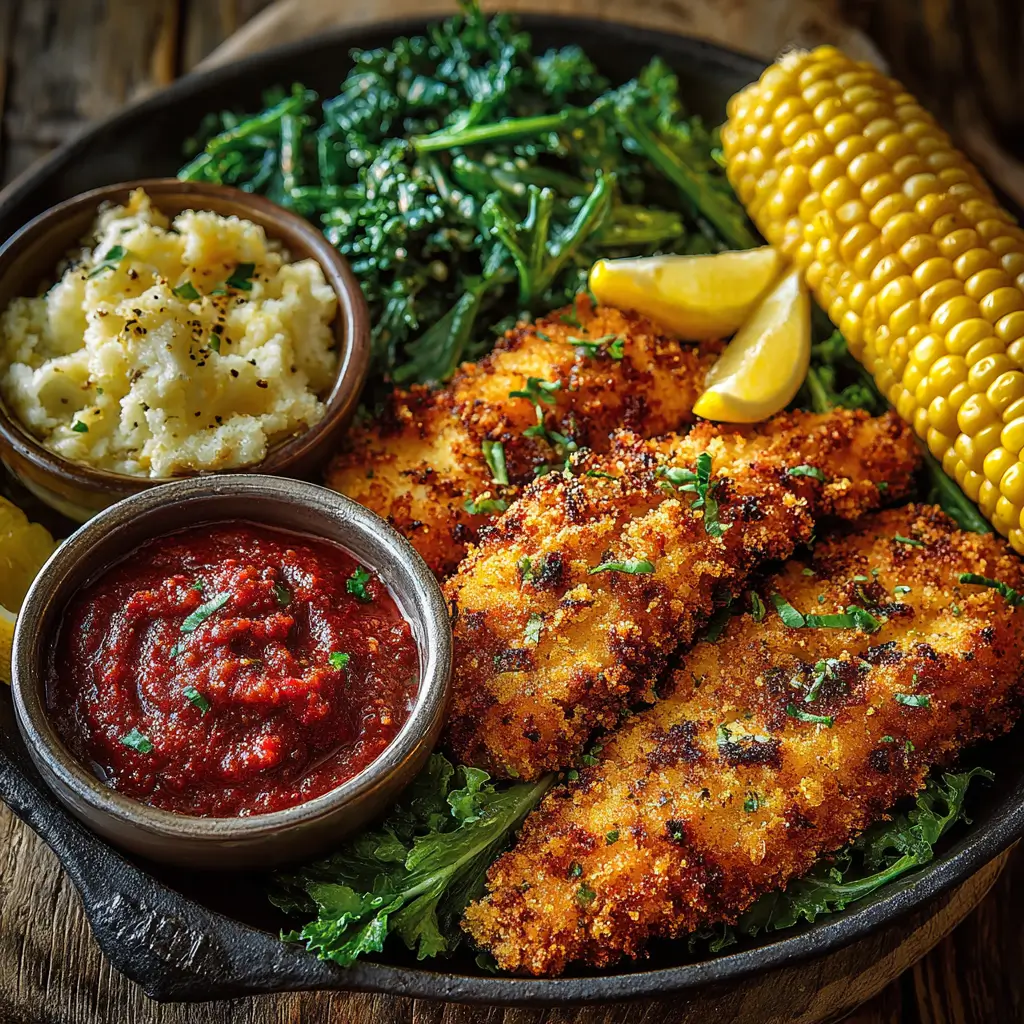
Caught fresh from rivers and ponds, catfish was dredged in cornmeal and pan-fried golden brown — a dish tied to fishing trips, family picnics, and Friday night fish fries.
5. Collard Greens with Pot Liquor
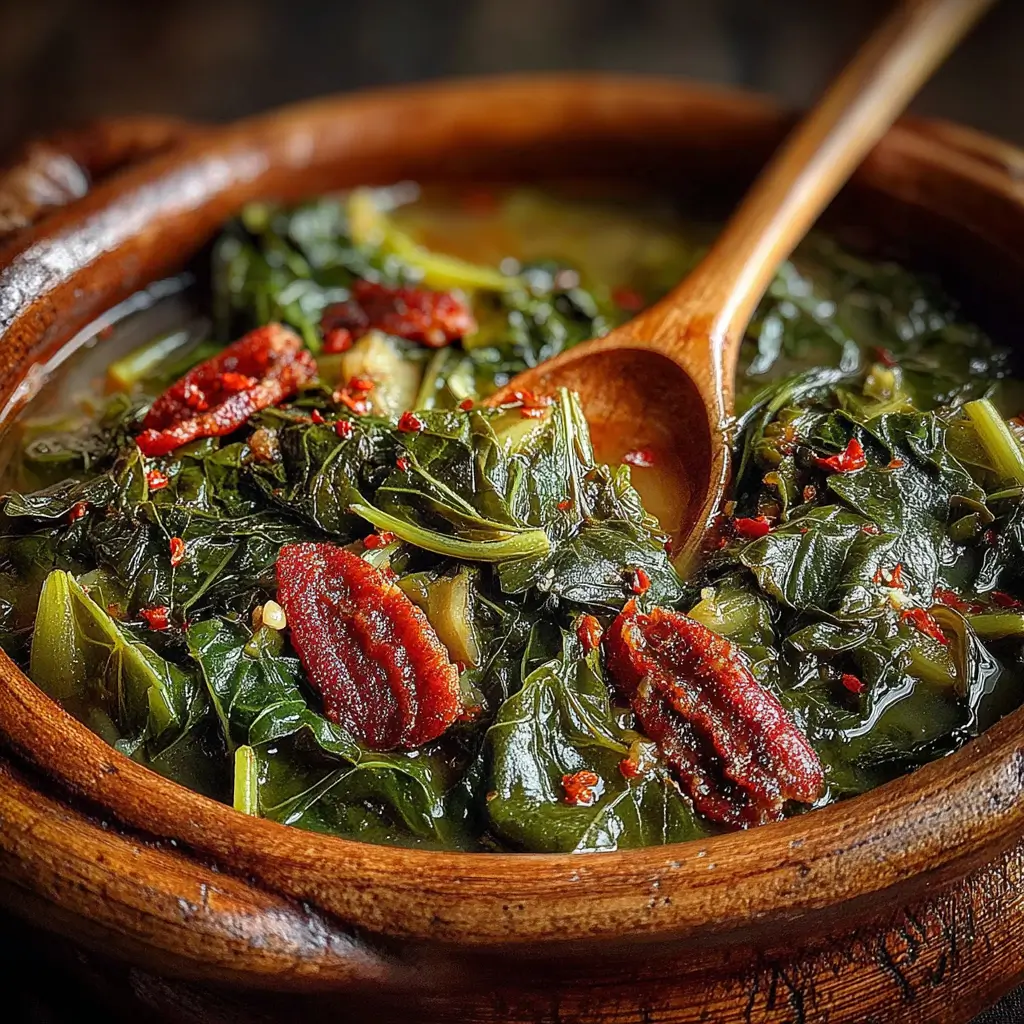
Slow-cooked collards, flavored with ham hocks or smoked turkey, left behind a rich broth — “pot liquor” — believed to be as nourishing as the greens themselves. Grandparents sipped it with cornbread crumbles as a tonic.
6. Sweet Potato Biscuits
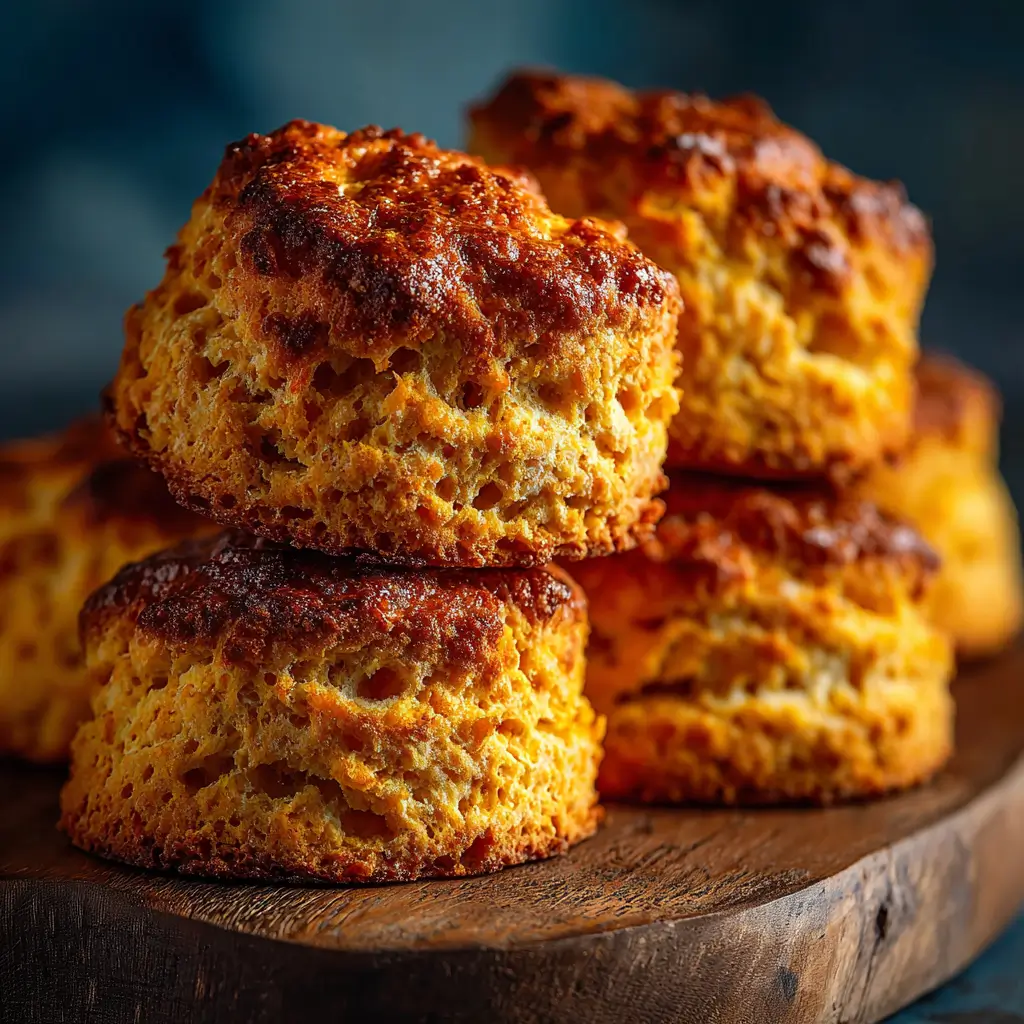
Fluffy and subtly sweet, these biscuits made use of the South’s favorite root vegetable. They were perfect with salted butter or a drizzle of cane syrup.
7. Okra Gumbo
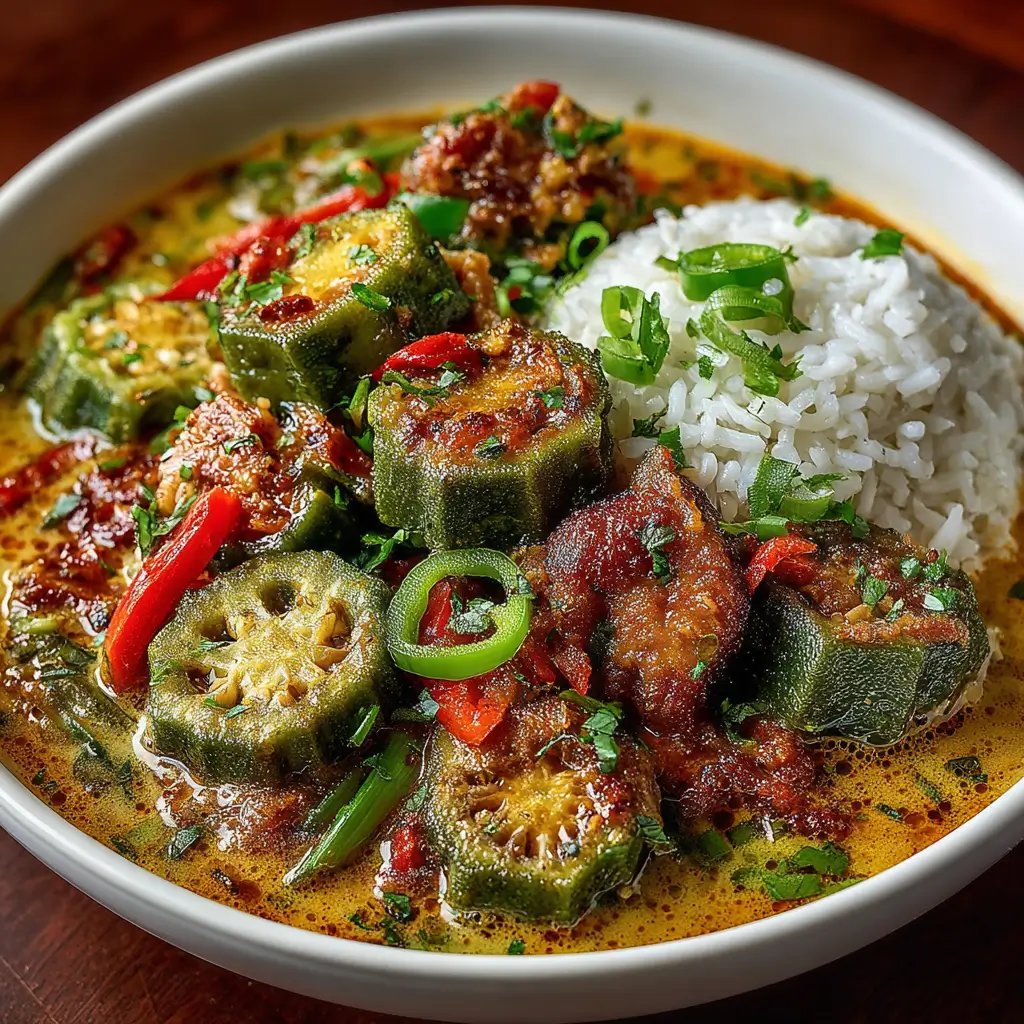
Brought to America through the African diaspora, okra thickened this stew of meat, seafood, and vegetables. Each family had its own gumbo “fingerprint,” passed down through oral tradition.
8. Fatback Cracklin’ Cornbread
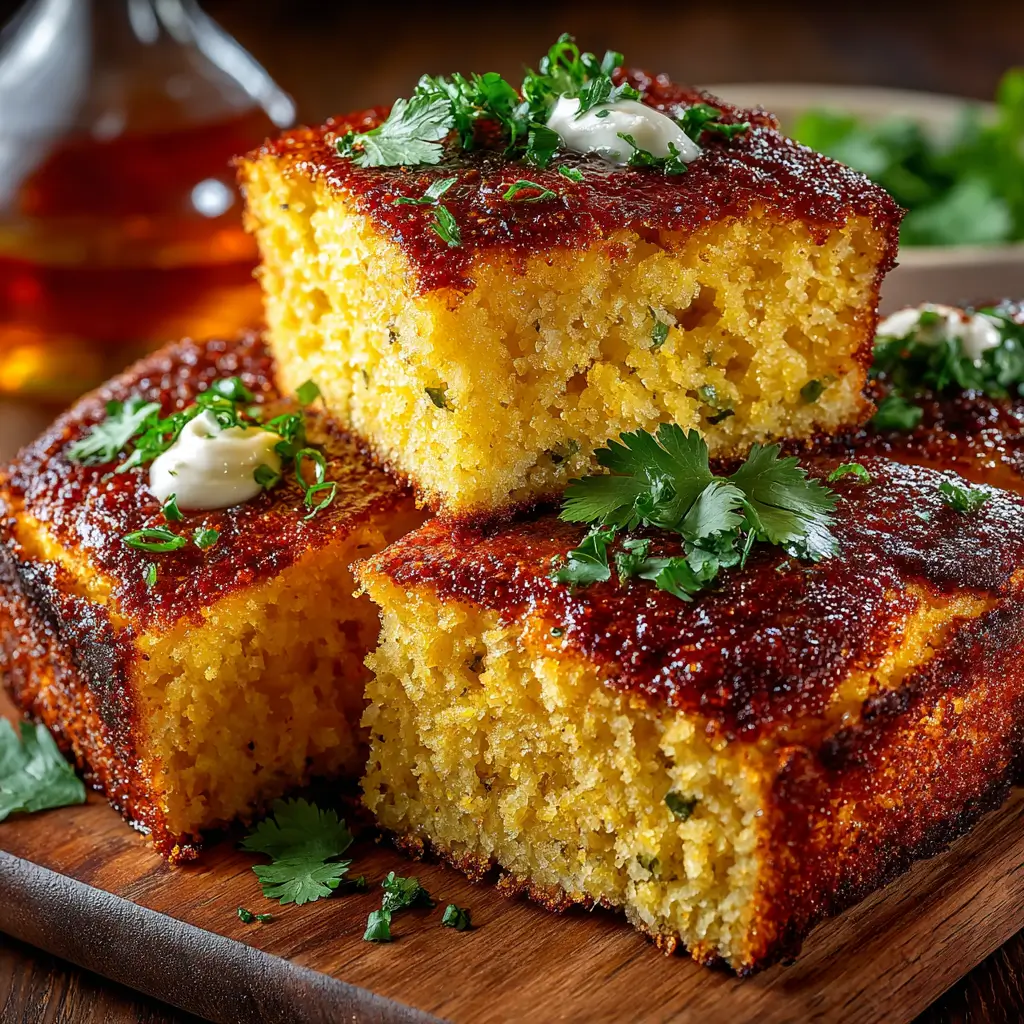
Cornbread studded with crispy pork cracklings was a hearty, savory staple. Cracklin’ cornbread traveled from rural kitchens to juke joints, keeping bellies full through long nights of music and dancing.
9. Stewed Oxtails
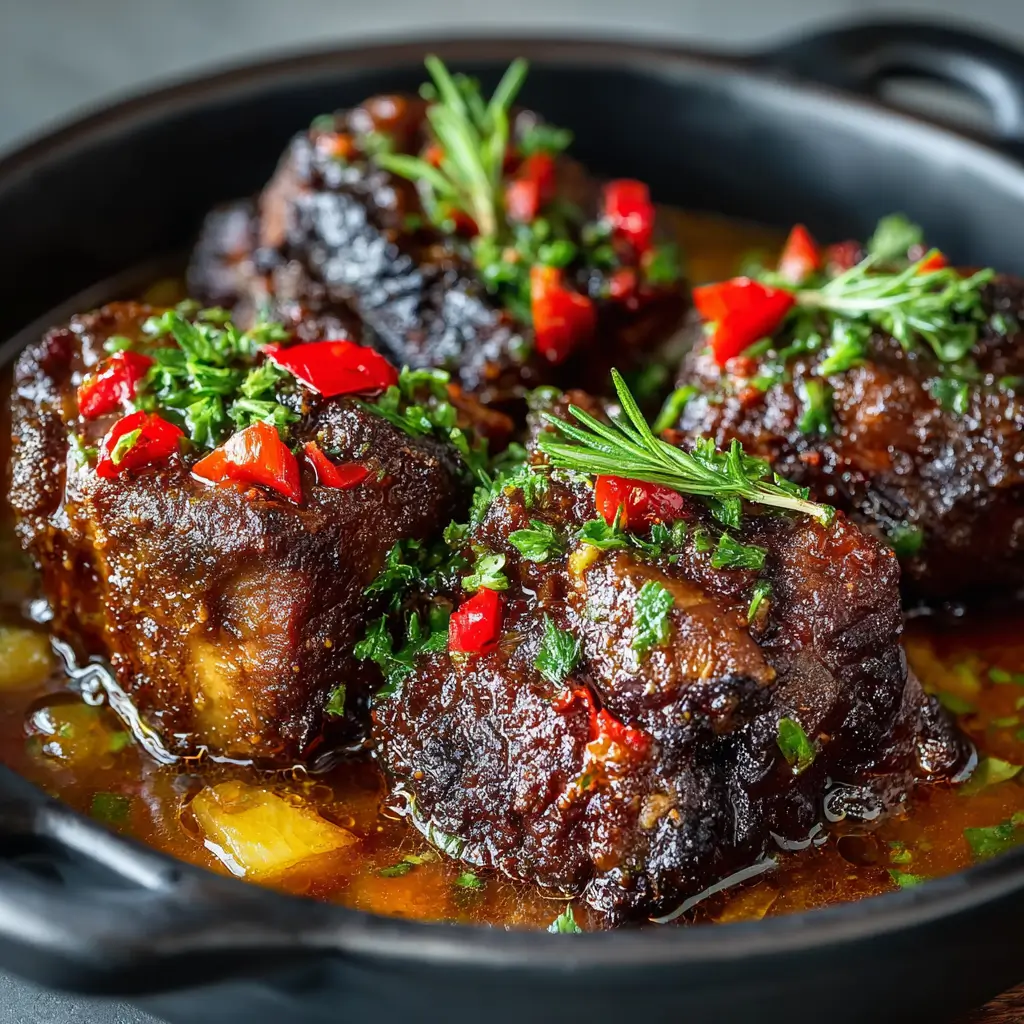
Rich, gelatinous, and deeply flavored, oxtail stew turned inexpensive cuts into a Sunday dinner centerpiece — slow-cooked with onions, peppers, and gravy until the meat fell off the bone.
10. Peach Cobbler with Drop Biscuit Topping
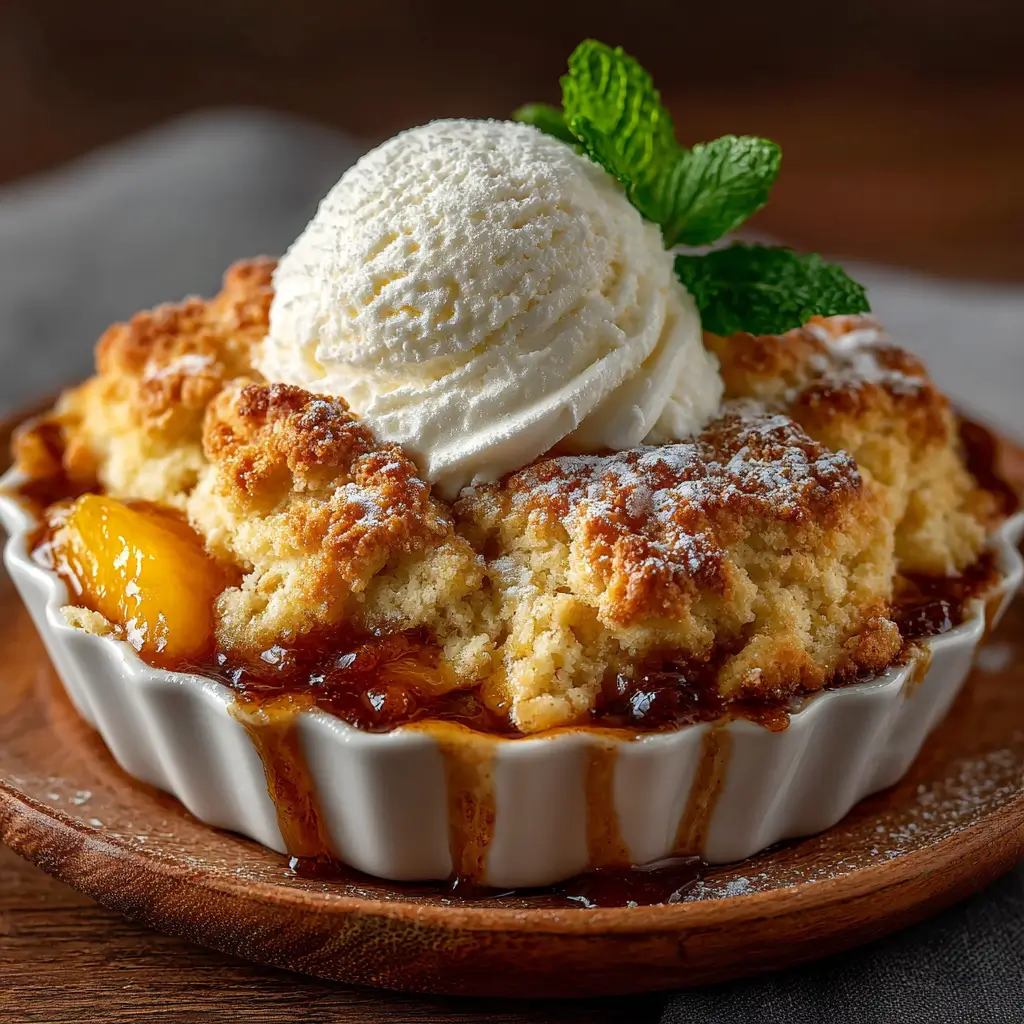
Before premade crusts, cobbler was made by spooning biscuit dough over bubbling fruit. Summer peaches turned syrupy under the heat, creating a dessert both humble and heavenly.
11. Red Drink (Hibiscus Tea or Kool-Aid Style)

“Red drink” — whether made from hibiscus, berries, or flavored powders — has roots in West African bissap tea. Served ice-cold at celebrations, it symbolized resilience and joy.
12. Deviled Ham Spread
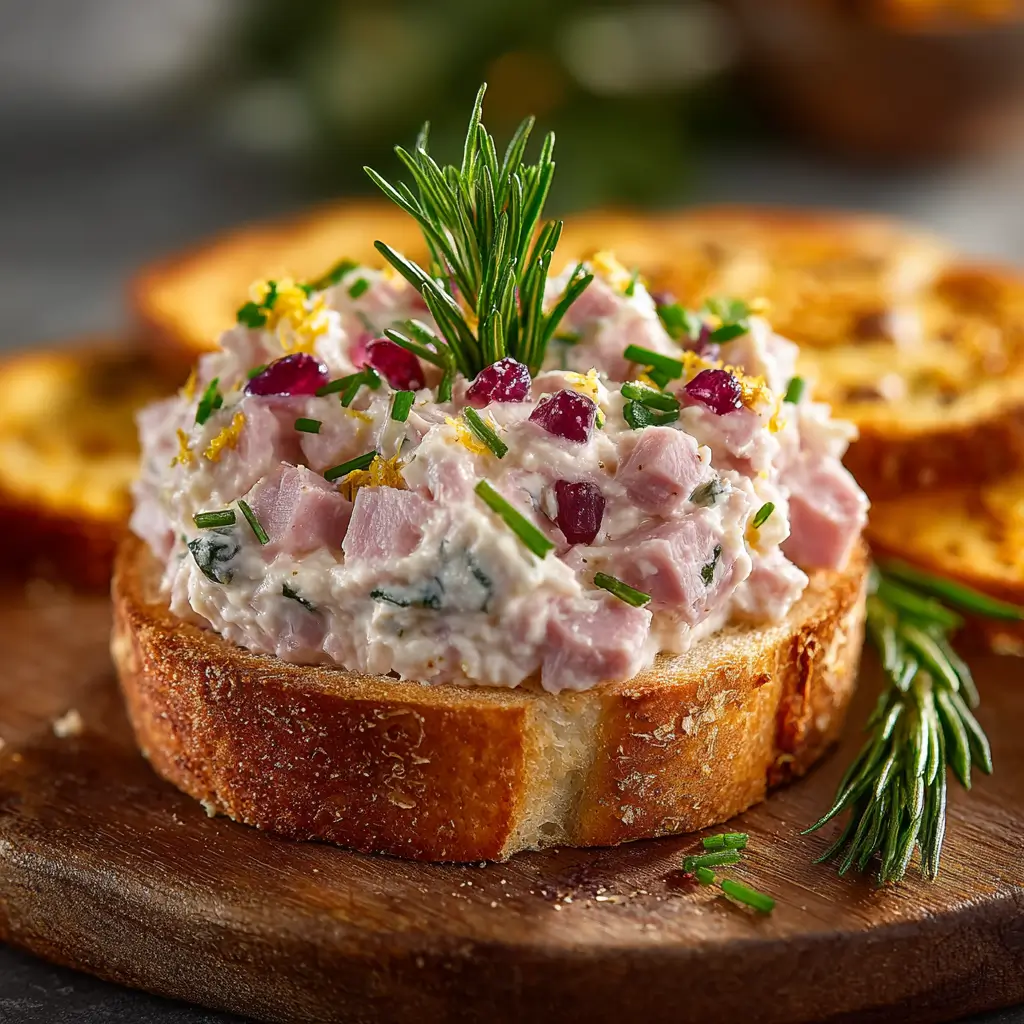
A thrifty spread made from leftover ham scraps, mayo, and spices, deviled ham was packed in jars and served on crackers for quick snacks or picnics.
13. Mustard & Turnip Greens Mix
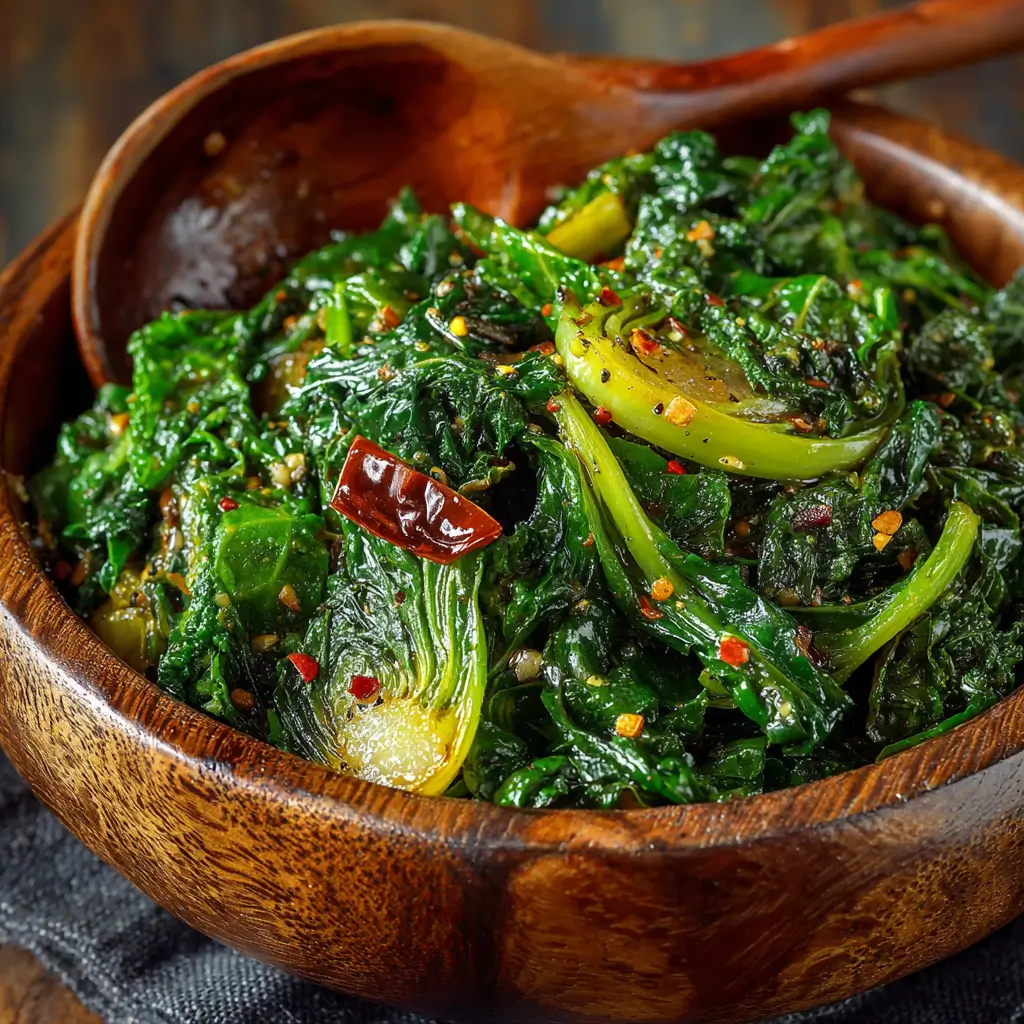
Grandparents often mixed mustard greens’ peppery bite with the milder, earthy turnip greens, balancing flavor and texture in a single pot.
14. Liver and Onions with Gravy
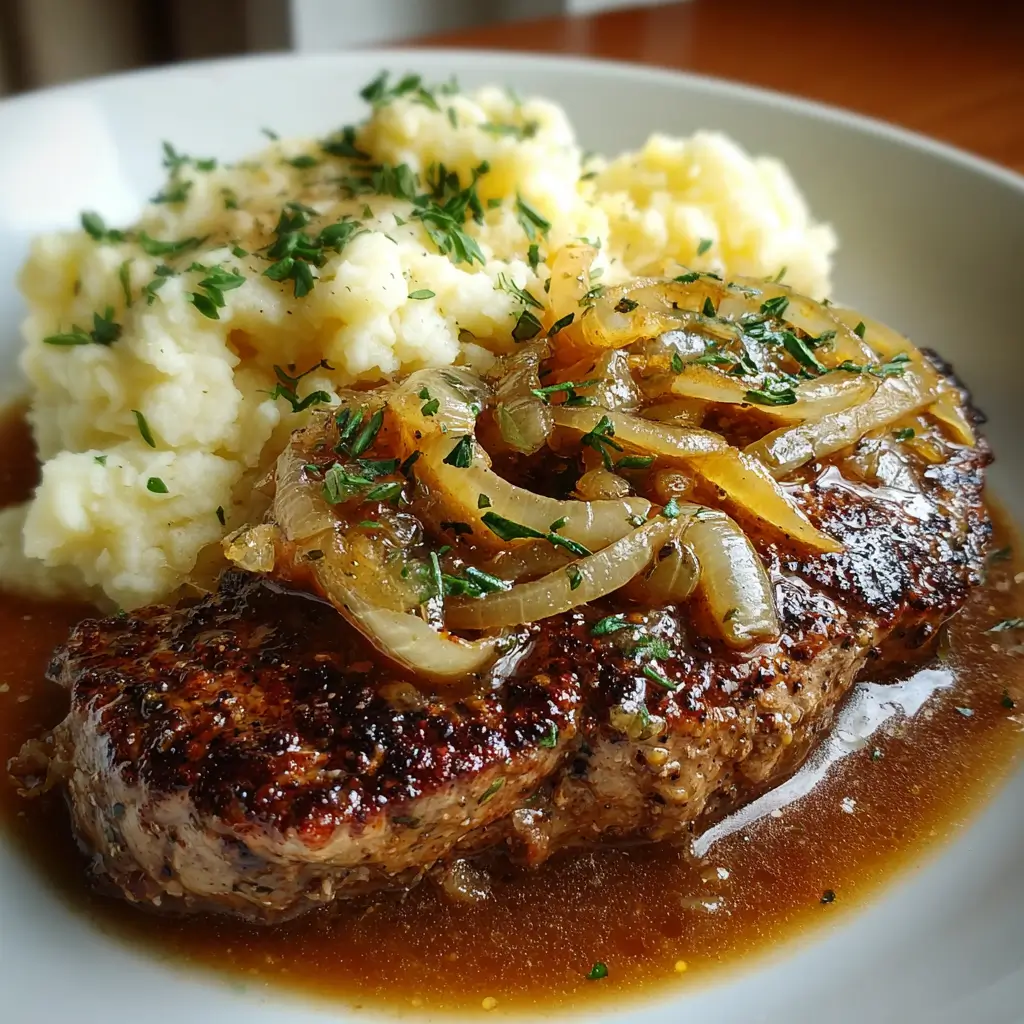
Once a common, affordable protein, calf’s liver was pan-fried with onions and smothered in gravy — a dish both nutrient-rich and memory-rich.
15. Cane Syrup Glazed Ham

For holidays, hams were scored and basted with cane syrup, mustard, and cloves, producing a glossy, caramelized crust.
16. Hot Water Cornbread
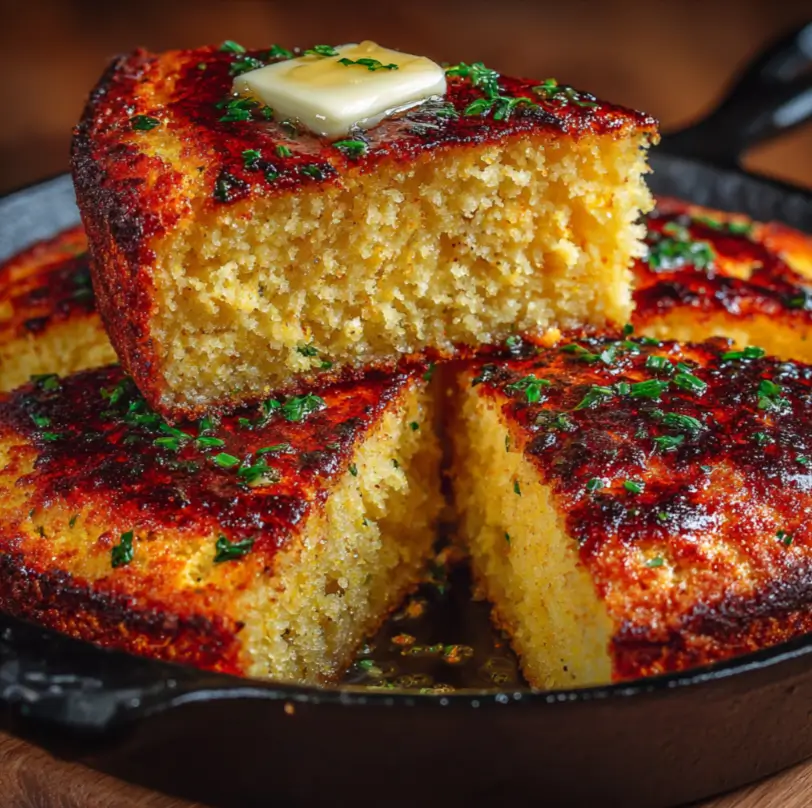
Made from scalding water mixed with cornmeal, salt, and sometimes fat, these golden cakes were fried crisp and served alongside greens or beans.
17. Hog Maw (Stuffed Pig’s Stomach)
A Pennsylvania and Southern delicacy, hog maw was stuffed with potatoes, sausage, and onions, then slow-cooked — a hearty farmhouse meal.
18. Chicken and Dumplings
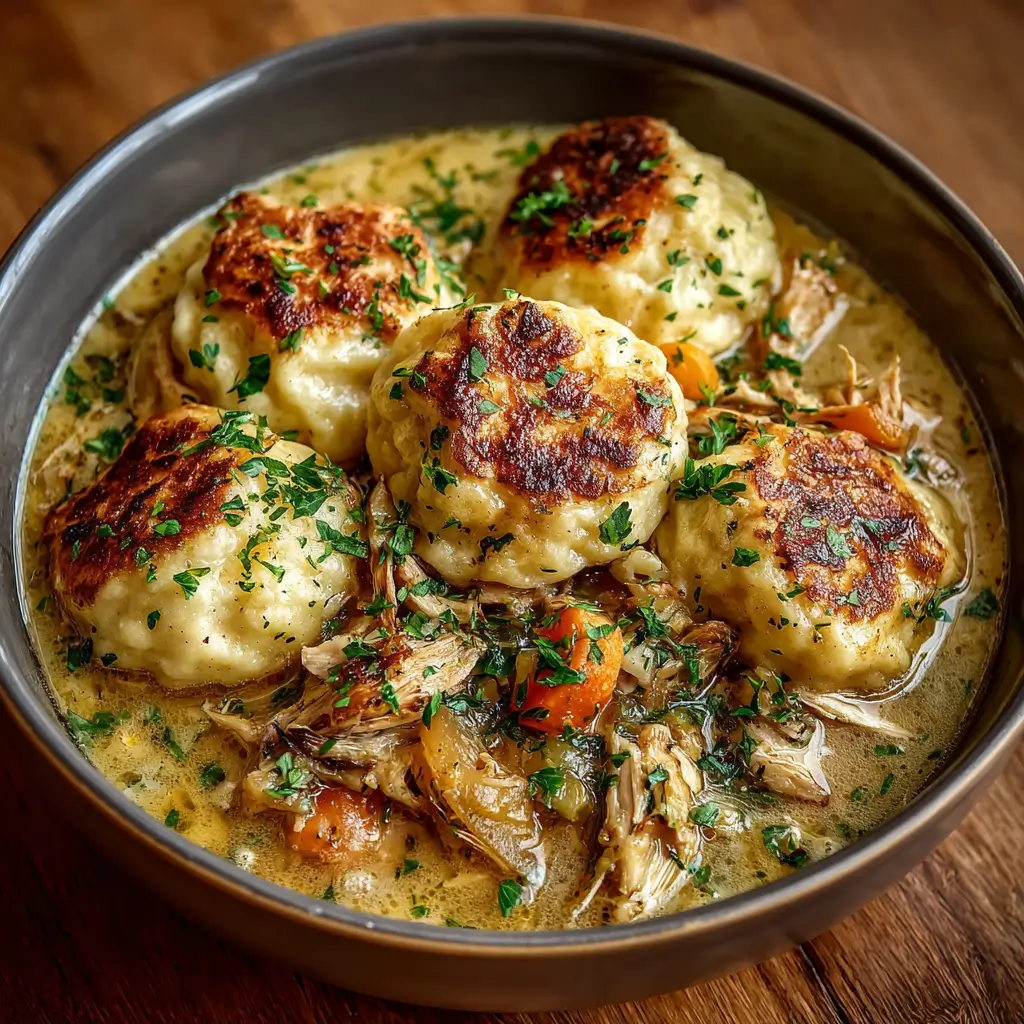
Fluffy dumplings simmered in a rich chicken broth were comfort food at its finest, stretching a single bird into a feast for the whole family.
19. Fried Green Tomatoes

Before refrigeration, green tomatoes were used in the summer to avoid spoilage. Lightly battered and fried, they became a tangy, crispy treat.
20. Okra and Tomatoes
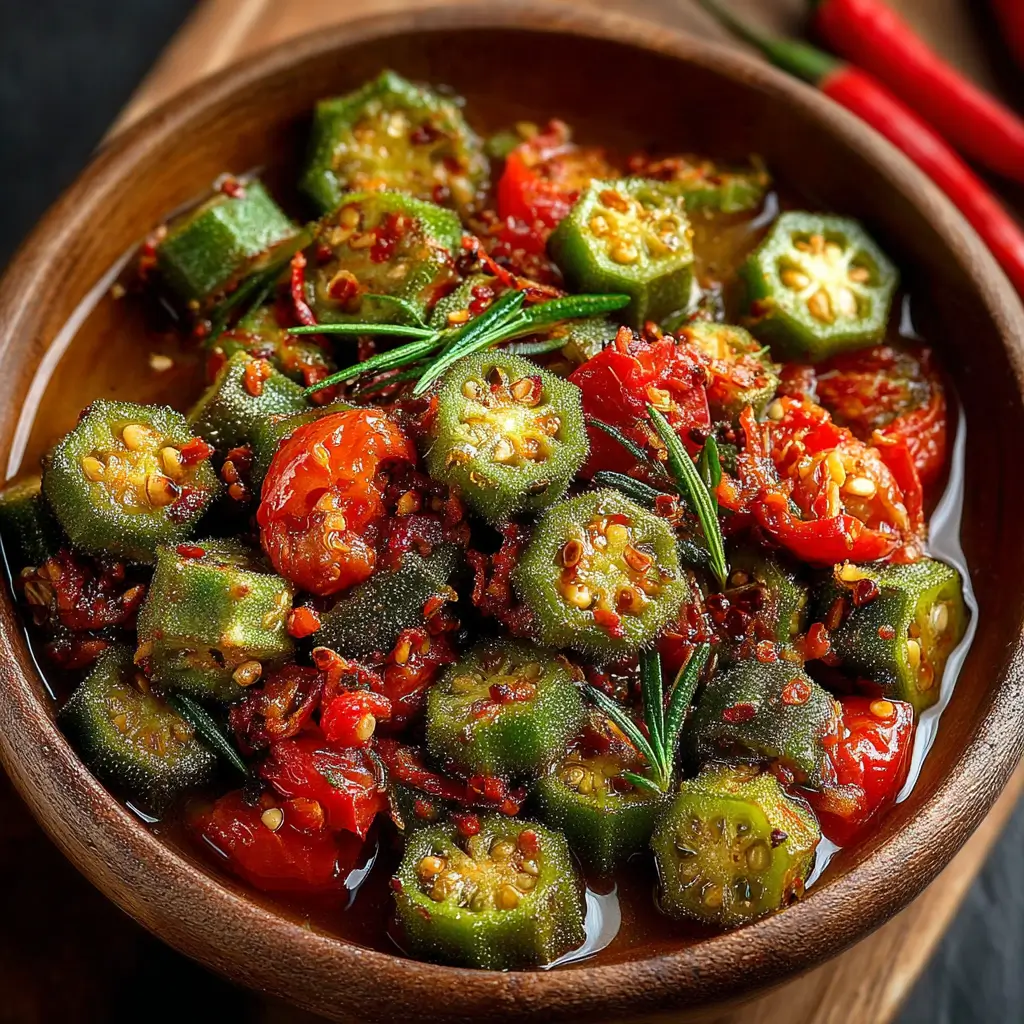
Stewed with onions, garlic, and bacon, okra and tomatoes made a simple but flavorful side — a taste of summer on the stove.
21. Baked Rice Pudding
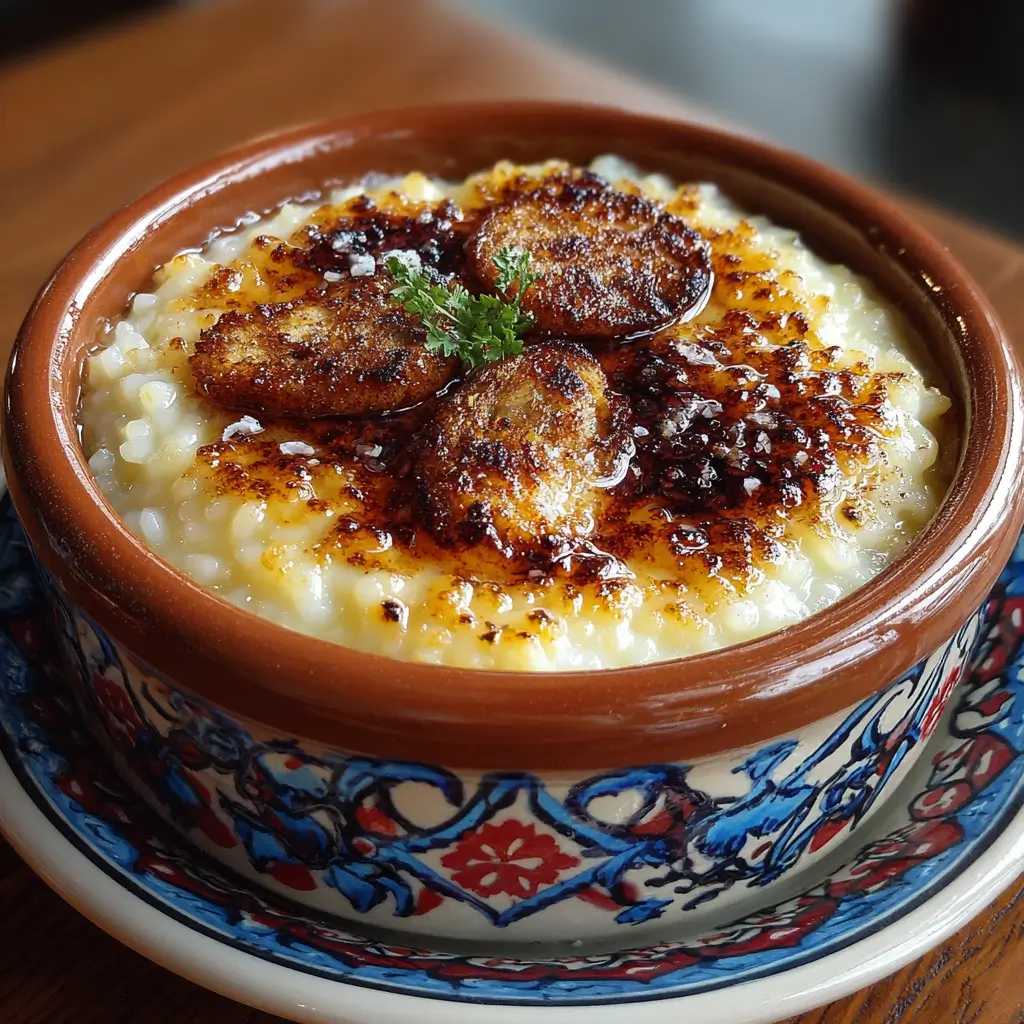
A way to use leftover rice, this dessert was baked with milk, eggs, sugar, and nutmeg until creamy inside and golden on top.
22. Hoecakes (Slave-Era Corn Cakes)
Originally cooked on the flat side of a hoe over an open fire, hoecakes were crisp-edged and perfect for sopping up pot liquor or gravy.
23. Boiled Peanuts
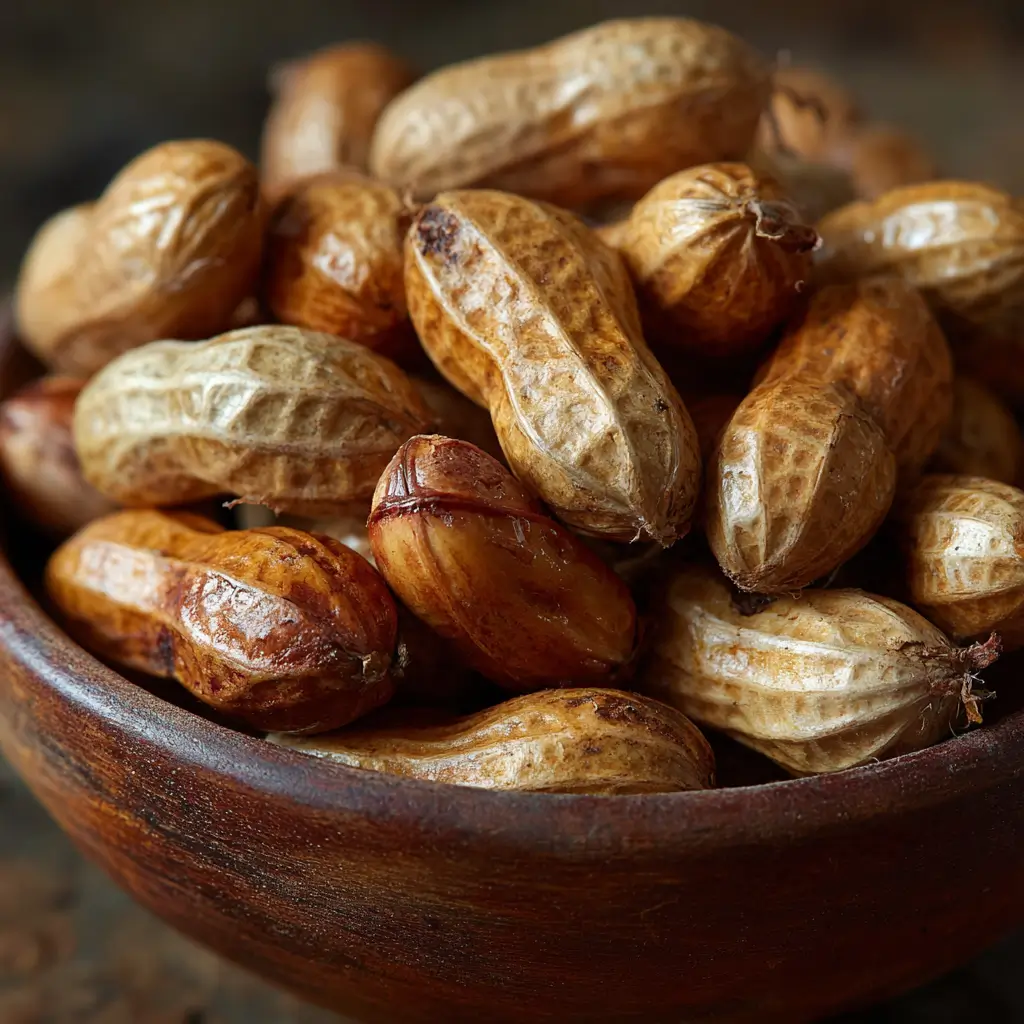
A coastal snack with African roots, green peanuts were boiled in salted water until soft, making them irresistible at roadside stands.
24. Molasses Taffy Pull
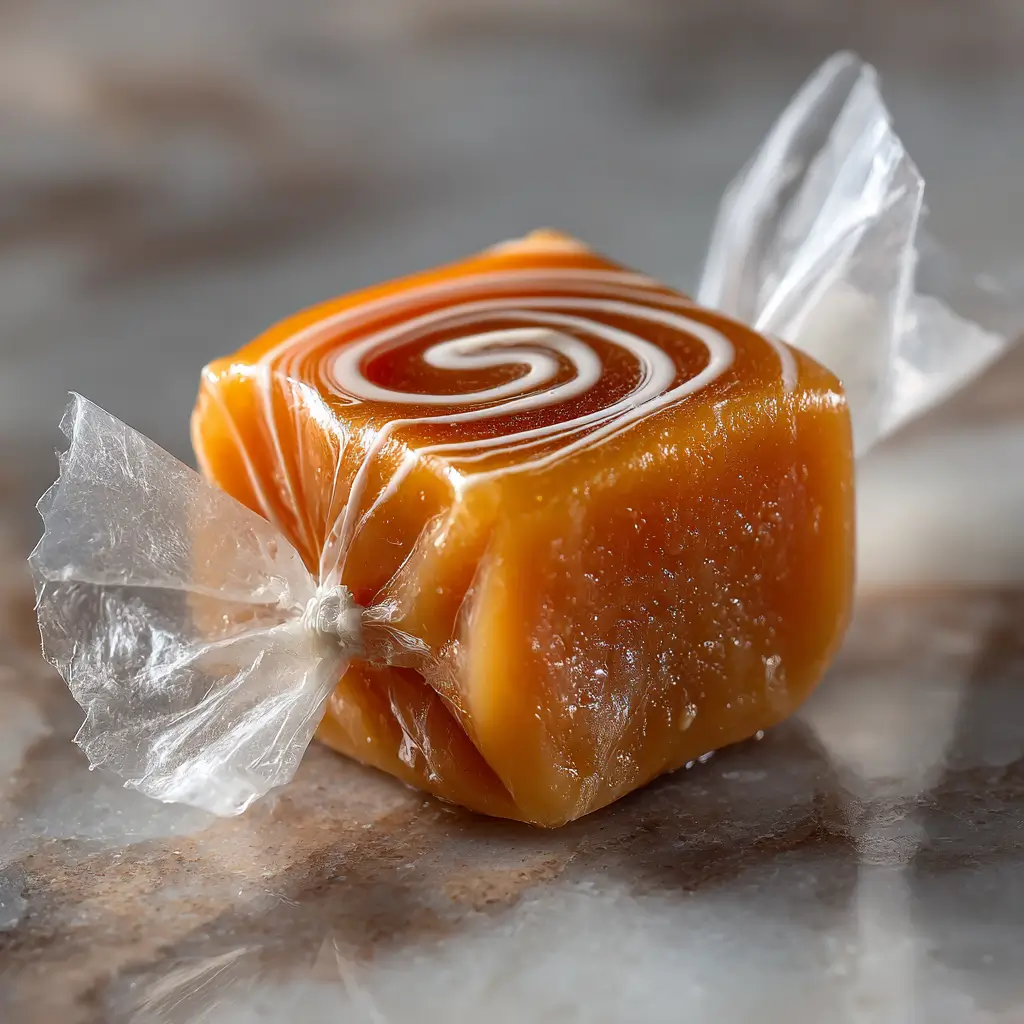
A community activity as much as a treat, molasses taffy was boiled, pulled, and twisted into shiny candies — often during fall harvest celebrations.
25. Buttermilk Pie

A silky, custard-like pie made from simple pantry staples, buttermilk pie had a tangy sweetness that made it a church supper favorite.
Why These Recipes Matter
These 25 dishes are more than just flavors from the past — they’re windows into African American resilience, adaptation, and creativity. Many of them were born out of necessity, shaped by agricultural seasons, economic realities, and cultural traditions carried across oceans.
Reviving them isn’t just about food — it’s about honoring the people who kept these recipes alive without ever needing a cookbook, trusting their senses and memories instead.
So dust off that cast iron, pull out the sorghum or cane syrup, and taste history for yourself. You may just find that your grandparents’ recipes aren’t lost at all — they’ve been waiting patiently for you to bring them back to the table.
